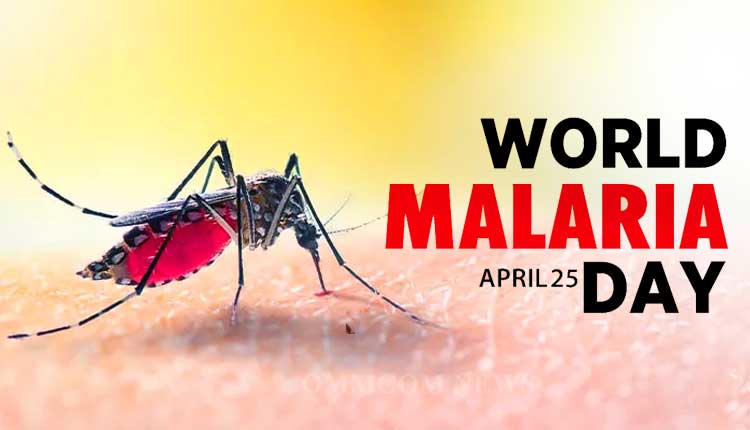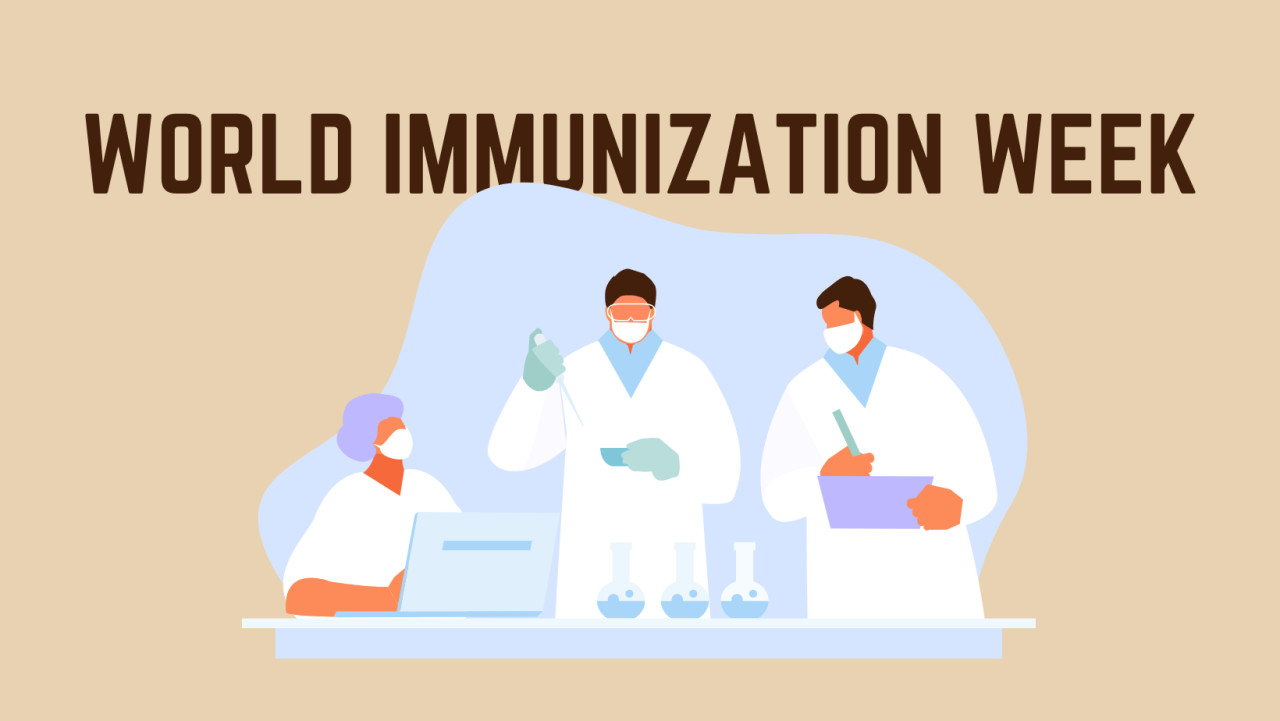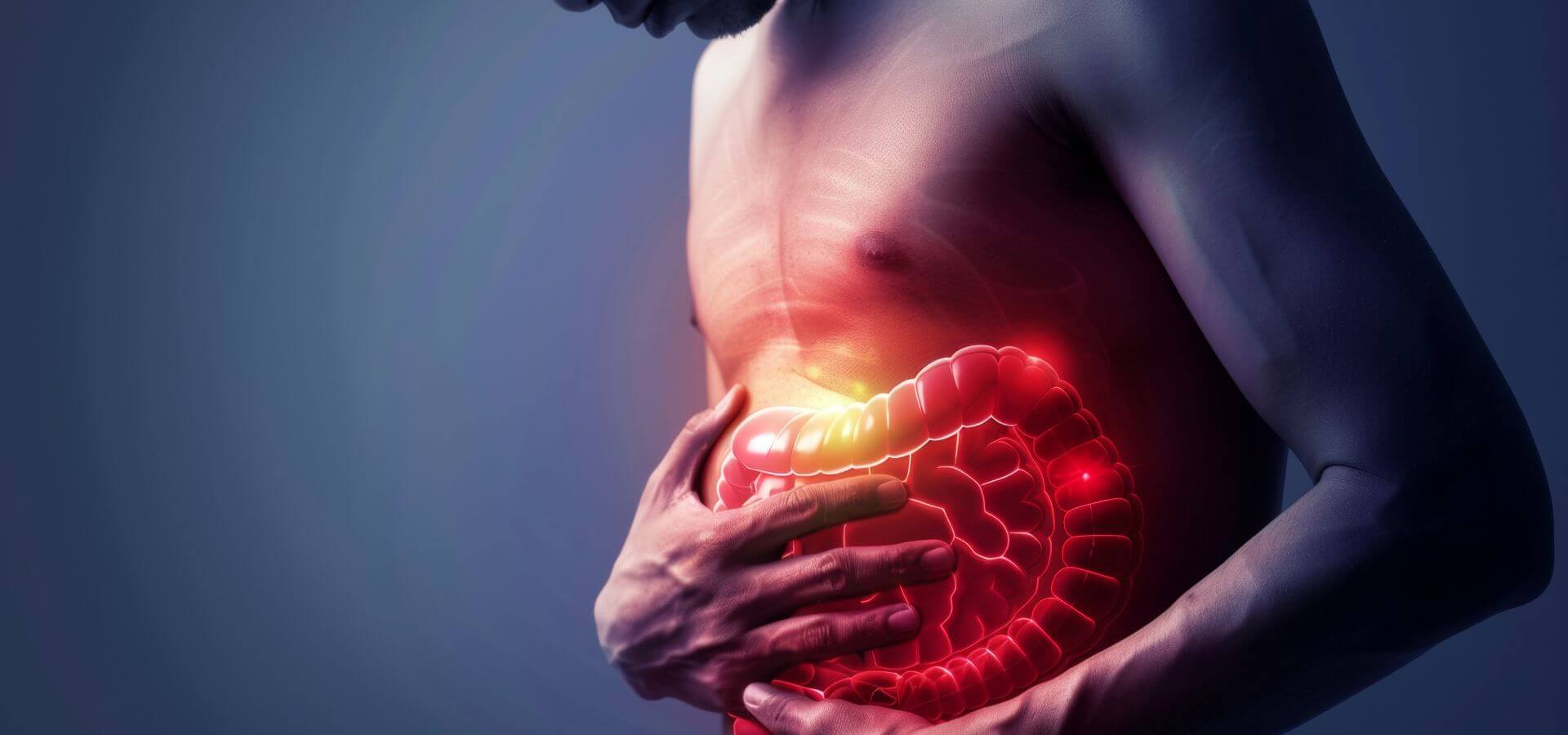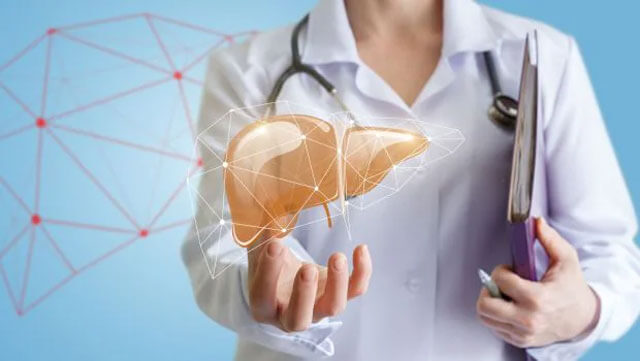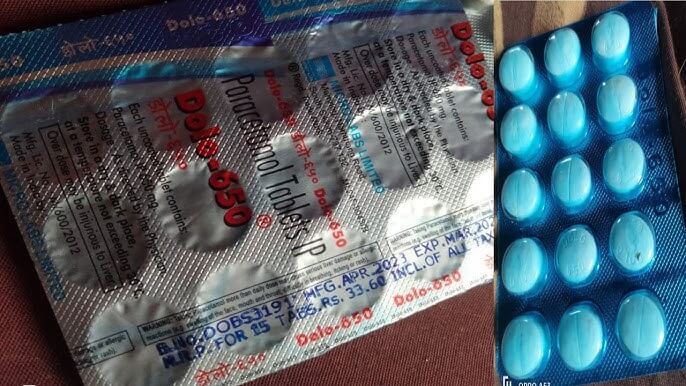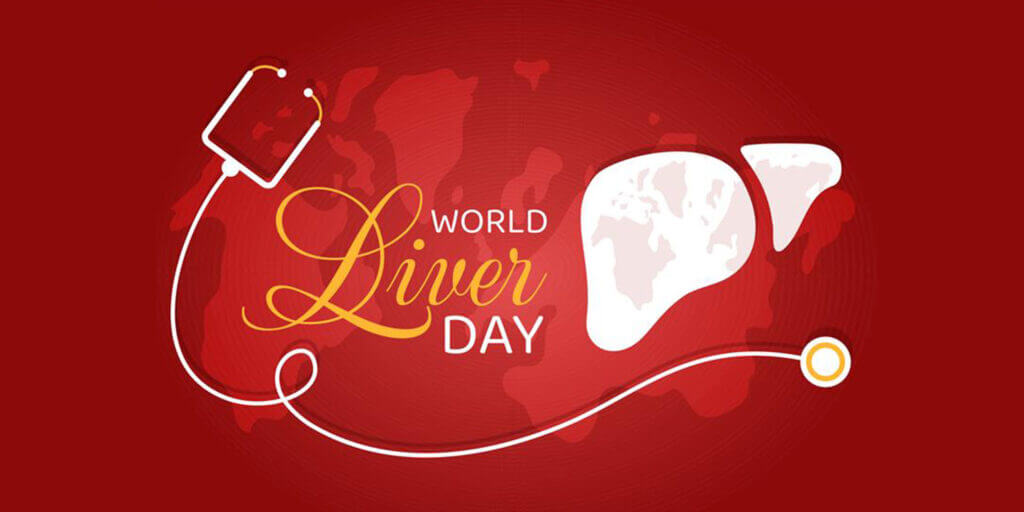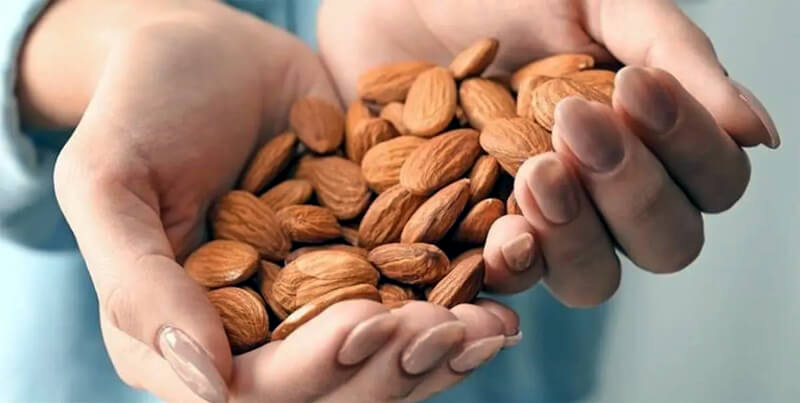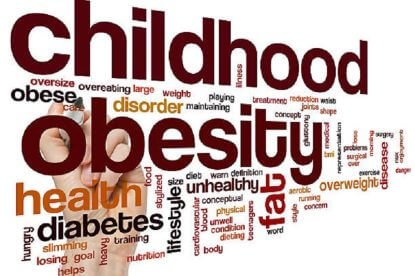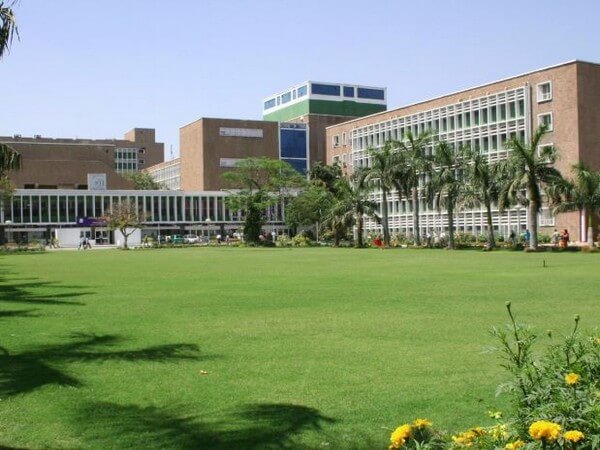Know about the symptoms, diagnosis and treatment of Stage 3 Breast Cancer
Sun 30 Jun 2024, 00:46:06
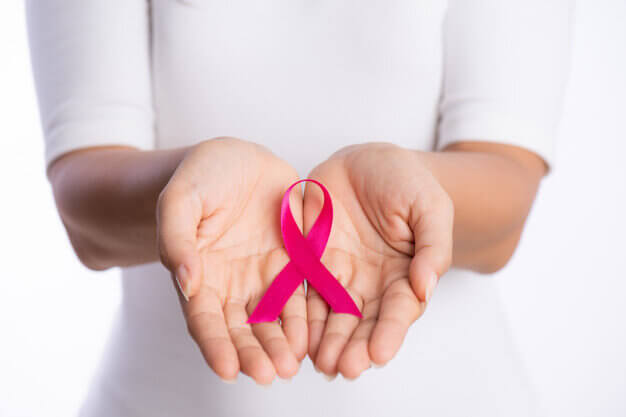
TV actress Hina Khan took to her Instagram handle and shared the heartbreaking news that she is diagnosed with stage 3 breast cancer. Taking to her Instagram handle, she issued a statement in which she wrote, "Hello Everyone, To address the recent rumour. I want to share some important news with all the Hinaholics and everyone who loves and cares for me. I have been diagnosed with Stage Three Breast Cancer. Despite this challenging diagnosis, I want to reassure everyone that I am doing well. I am strong, determined, and fully committed to overcoming this disease. My treatment has already begun, and I am ready to do everything necessary to emerge from this even stronger."
What is Stage 3 Breast Cancer?
Breast cancer is classified into stages based on the size of the tumour and the extent of its spread. Stage 3 breast cancer is an advanced form where the cancer has spread beyond the breast to nearby lymph nodes and possibly to the chest wall or skin. However, it has not metastasised to distant organs.
Types of Stage 3 Breast Cancer
Stage 3 breast cancer is divided into three subcategories:
Stage 3A: This stage can involve either:
. No tumour in the breast, but cancer cells are found in 4 to 9 nearby lymph nodes.
. A tumour larger than 5 centimetres with small clusters of cancer cells in the lymph nodes.
. A tumour larger than 5 centimetres that has spread to 1 to 3 axillary (underarm) lymph nodes or any breastbone lymph nodes.
Stage 3B: The tumour has spread to the chest wall or breast skin and caused swelling or an ulcer, and may have spread to up to 9 lymph nodes.
Stage 3C: The cancer has spread to 10 or more lymph nodes, nodes above or below the collarbone, or internal mammary nodes.
Causes of Stage 3 Breast Cancer
The exact cause of breast cancer is not known, but several risk factors can increase the likelihood of developing the disease, including:
. Genetics: Mutations in genes such as BRCA1 and BRCA2.
. Age: The risk increases as you get older.
. Family History: A
family history of breast cancer can increase risk.
family history of breast cancer can increase risk.
. Hormonal Factors: Prolonged exposure to oestrogen.
. Lifestyle Factors: Obesity, alcohol consumption, and lack of physical activity.
Symptoms of Stage 3 Breast Cancer
Symptoms of stage 3 breast cancer can vary, but common signs include:
. A lump in the breast or underarm.
. Changes in breast size, shape, or appearance.
. Dimpling or puckering of the skin.
. Nipple discharge that may be bloody or clear.
. Pain or tenderness in the breast.
. Redness or scaliness of the breast or nipple.
Diagnosis of Stage 3 Breast Cancer
Diagnosing stage 3 breast cancer involves several steps:
. Physical Examination: Checking for lumps or other changes.
. Imaging Tests: Mammograms, ultrasound, and MRI scans to visualise the tumour and surrounding tissue.
. Biopsy: Removing a small sample of breast tissue for laboratory testing.
. Lymph Node Examination: Checking if cancer has spread to lymph nodes.
Treatment of Stage 3 Breast Cancer
Treatment for stage 3 breast cancer typically involves a combination of therapies:
. Surgery: Options include lumpectomy (removal of the tumour) or mastectomy (removal of the entire breast). Lymph nodes may also be removed.
. Radiation Therapy: High-energy rays are used to kill cancer cells.
. Chemotherapy: Drugs are used to kill cancer cells or stop them from growing.
. Hormone Therapy: For cancers that are hormone receptor-positive, medications can block hormones that fuel cancer growth.
. Targeted Therapy: Drugs target specific molecules involved in cancer growth.
. Immunotherapy: Boosts the body’s immune system to fight cancer.
Stage 3 breast cancer is a serious condition that requires comprehensive treatment. Early detection and advances in medical treatments have improved the prognosis for many patients. Regular screenings and awareness of the symptoms can aid in early diagnosis and more effective treatment outcomes.
No Comments For This Post, Be first to write a Comment.
Most viewed from Health
AIMIM News
Latest Urdu News
Most Viewed
May 26, 2020
Do you think Canada-India relations will improve under New PM Mark Carney?
Latest Videos View All
Like Us
Home
About Us
Advertise With Us
All Polls
Epaper Archives
Privacy Policy
Contact Us
Download Etemaad App
© 2025 Etemaad Daily News, All Rights Reserved.

